Shen Tools is a manufacturer of carbide end mill. Our carbide end mill factory in china supply all models and sizes. Used in Manufacturing, Automotive, Aerospace, Construction, Metalwork and other industries.
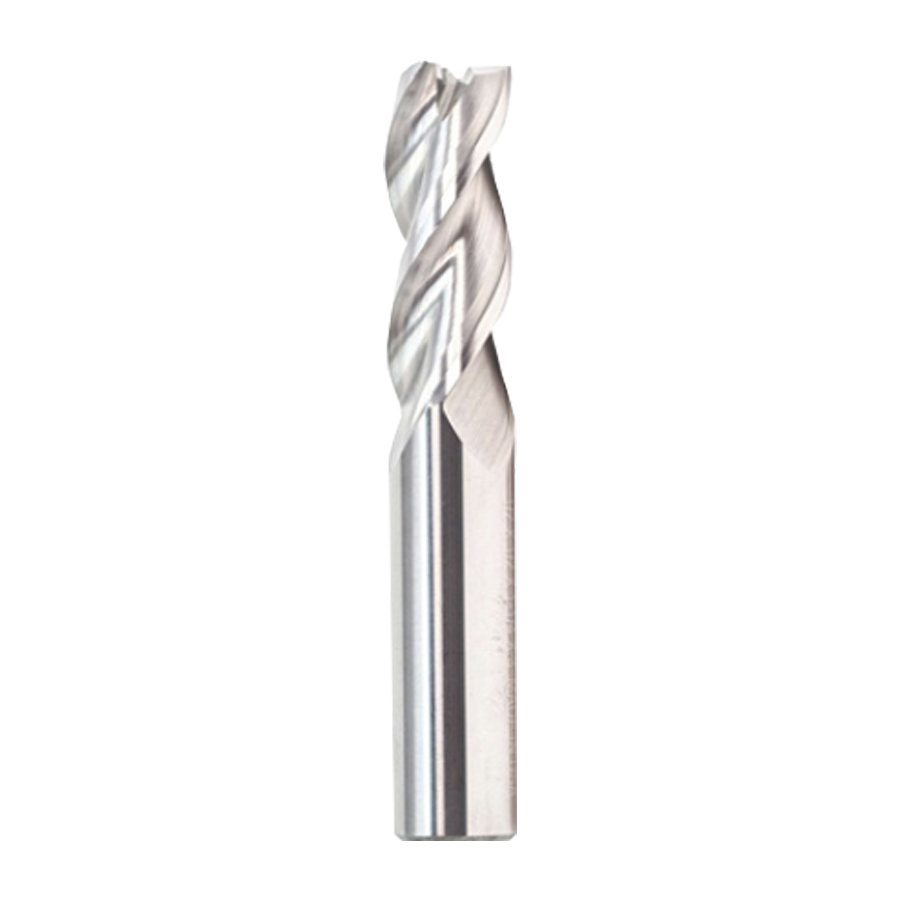
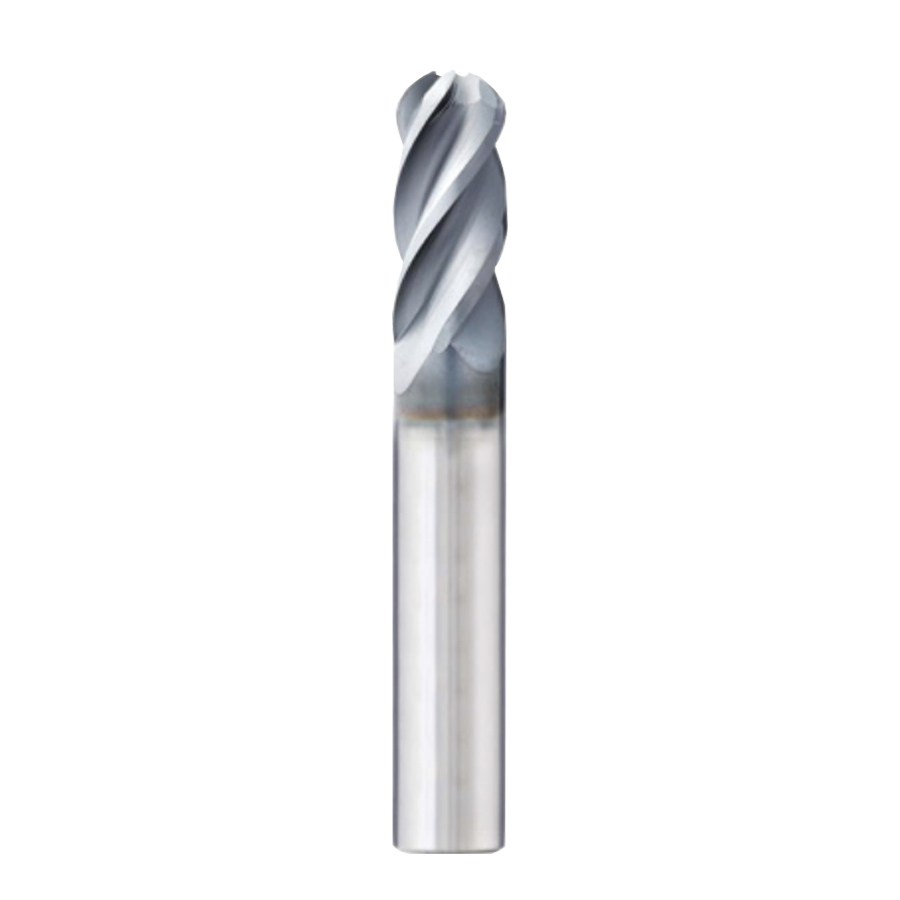
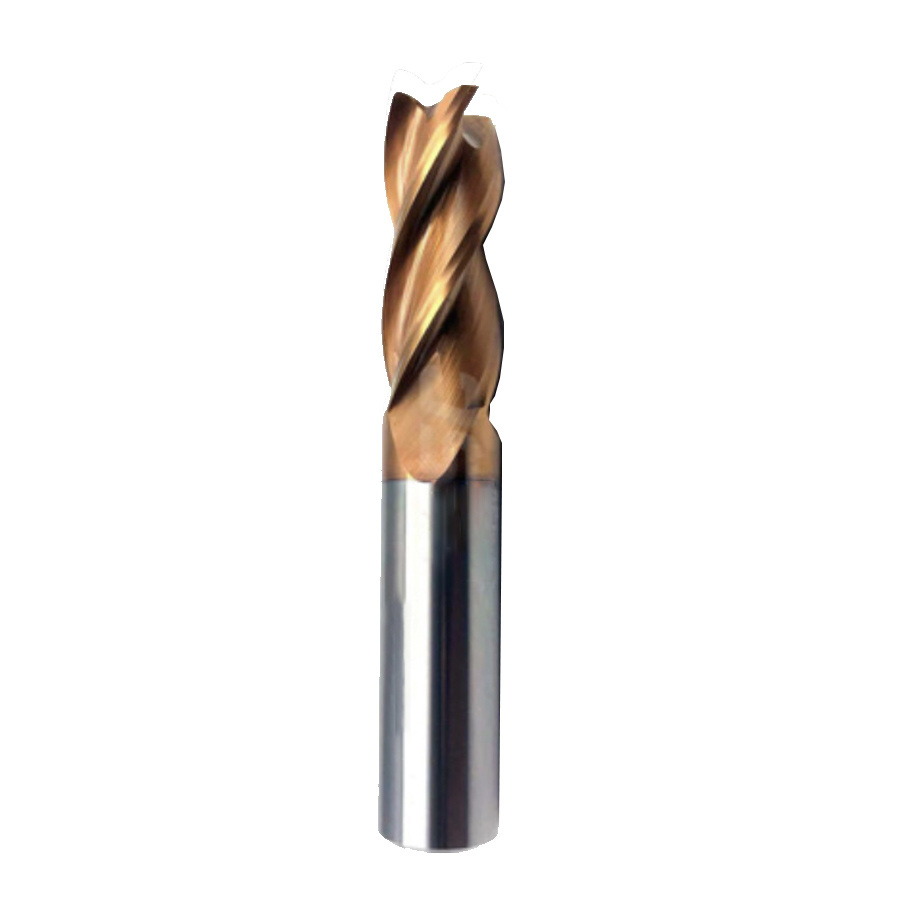
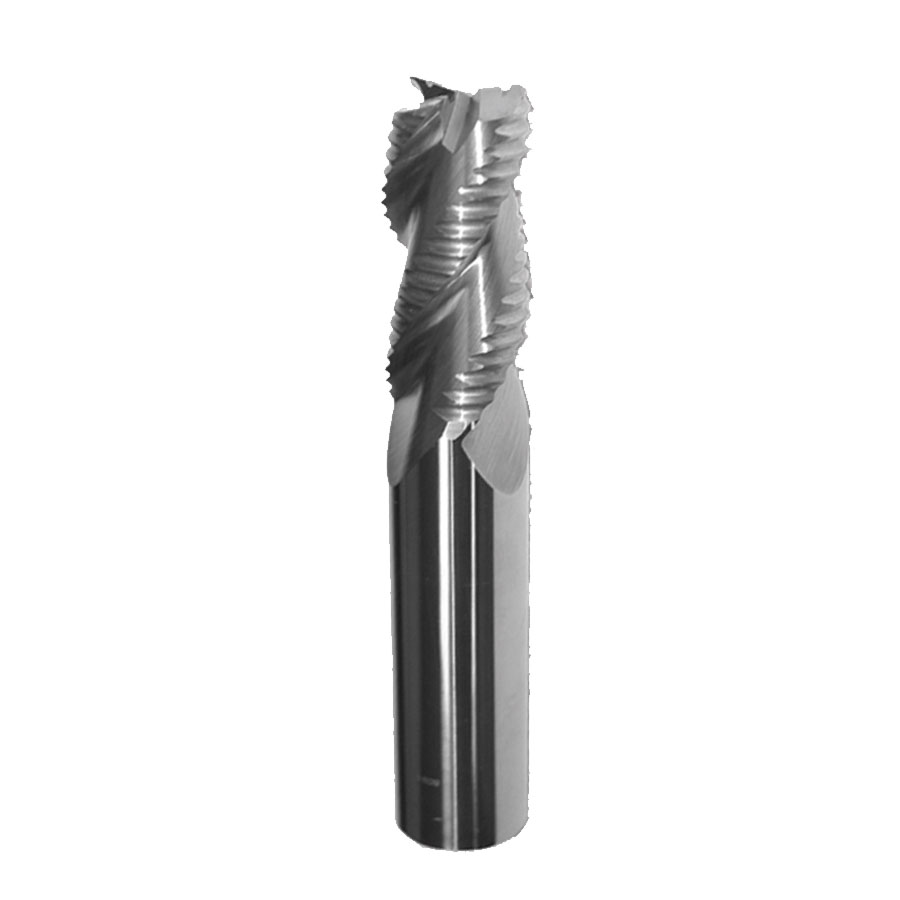
Carbide end mill is a type of cutting tool used in industrial milling applications. Unlike traditional steel end mills, carbide end mills are made from solid tungsten carbide, a material known for its superior hardness and heat resistance. It is used in applications such as grooving, profiling, facing and plunge milling.
This article discusses popular topics on carbide end mill, including their uses, application fields, usage methods, matching tools, working principles, buying considerations, as well as the different classifications of carbide burrs.


Carbide end mills are ideal for machining a wide range of materials, including but not limited to: Aluminum and non-ferrous metals, Stainless steel, Titanium, Inconel, Plastics and composites.
Given their robust performance and precision, carbide end mills are widely employed across various industries:
Carbide end mill perform work by rotating at high speeds. In layman’s terms, it is fixed by some auxiliary tools (such as pneumatic tools), and the surface is polished after high-speed operation. Examples include high-speed milling, cutting, and drilling operations.

Material: The primary raw materials for carbide end mills are tungsten carbide powder and cobalt. Tungsten carbide provides the hardness and durability, while cobalt acts as a binding agent.
Production Process
Mixing & Milling: Tungsten carbide and cobalt are mixed together and milled into a fine powder.
Pressing: The powder is pressed into a desired shape.
Sintering: The pressed form is sintered at high temperatures to create a solid piece.
Grinding and Polishing: The sintered piece undergoes grinding and polishing for accuracy.
Coating: To improve lifespan and performance, a protective layer may be added.
Quality Check: Rigorous quality control processes ensure that each end mill meets our high standards.
Safety First: Always wear appropriate safety gear, including safety goggles and gloves.
Preparation Steps
Workpiece Setup: Secure the workpiece in the machine vise or fixture, ensuring it’s perfectly aligned with the machine spindle.
Tool Holder Setup: Mount the selected end mill into a tool holder that fits the machine spindle.
Tool Offset Calibration: Set the tool offsets for length and diameter using a tool presetter or by manually touching off.
Machine Configuration
Speed and Feed Rate Configuration: Calculate and input the correct cutting speed (SFM) and feed rate (IPM) for the material and operation. These calculations are crucial for optimizing tool life and performance.
Coolant Strategy: Decide whether to use flood coolant, mist coolant, or an air blast based on material and cutting parameters. Ensure the coolant system is functional.
Spindle Speed and Direction: Configure the spindle speed (RPM) and direction (clockwise/counter-clockwise) according to the machining requirement.
Tool Path Verification: Run a test or dry-run without material engagement to ensure the tool path generated by the CAM software is accurate. This is crucial for avoiding tool collision or workpiece damage.
Machining Operations
Tool Engagement: Manually or automatically engage the end mill with the workpiece, based on the G-code or machine control panel.
Initial Cut: Take a shallow initial cut to verify that all settings are correct. If everything looks good, proceed to the next step. If not, stop the machine and revisit the settings.
Material Removal: Execute the program to perform the machining operation. This could be slotting, pocketing, contouring, or drilling, depending on your application.
Tool Monitoring: Keep a close eye on tool behavior, vibrations, and chip formation. Use sensory tools if available for monitoring tool wear or breakage.
Finishing and Quality Control
Deburring: Once the milling operation is complete, use a deburring tool to remove any sharp edges or burrs that may have formed.
Quality Inspection: Use calipers, micrometers, and other measuring tools to verify the dimensions and tolerances of the machined part.
Tool Life Assessment: Examine the carbide end mill for signs of wear, chipping, or breakage. Record tool life data for future reference.
Post-Operation Cleanup
Tool Unmounting: After confirming the machine is in a safe state, unmount the carbide end mill from the tool holder.
Cleanup: Remove all chips and clean the work area, adhering to safety protocols and ensuring the machine is ready for the next operation.
Absolutely, choosing the right carbide end mill is crucial for achieving the desired machining results and optimizing your operations. Here are some key factors you should pay attention to when purchasing carbide end mills:

Material Compatibility
Material to be Machined: Different end mills are suited for different materials. Ensure that the end mill you select is appropriate for the material you will be working on. For example, harder materials might require end mills with a higher tungsten carbide content.
Coating: Pay attention to the type of coating the end mill offers. Coatings like TiN (Titanium Nitride) or TiAlN (Titanium Aluminum Nitride) can extend tool life and allow higher speed and feed rates.
Machining Requirements
Type of Operations: Whether you’re slotting, profiling, or drilling will influence the kind of end mill you need. Each operation may require a different flute design, helix angle, or nose geometry.
Tolerance Levels: Higher precision operations may require end mills with tighter tolerances.
Tool Length: Consider the required depth of your cut when selecting the length of the end mill. Tool length can affect rigidity and consequently the quality of your finished product.
Tool Geometry
Number of Flutes: The number of flutes (or cutting edges) impacts chip removal and finish. More flutes allow for a better finish but may clog in softer materials.
Helix Angle: Low helix angles are better for harder materials, while high helix angles are suitable for softer materials and special applications like aluminum.
Technical Specifications
Speed and Feed Capabilities: Verify that the end mill can withstand the speed and feed rates your operations require. Manufacturers usually provide this data.
Diameter: Choose an end mill diameter that matches your cutting requirements. Smaller diameters allow for more intricate work, while larger diameters remove material faster but may lack precision.
Quality and Brand
Reputation: Opt for well-known brands with proven track records. At WolfBurrs, we offer ISO-certified carbide end mills that are built to meet industry-leading quality standards.
Customer Reviews and Recommendations: Reviews from other professionals in the industry can provide valuable insights into tool performance.
Technical Support: Check if the manufacturer offers technical support or guidelines for the optimum use of their products.
Economic Considerations
Price vs. Quality: Though tempting, don’t compromise on quality for the sake of price. A cheaper end mill might wear out faster, affecting your work quality and leading to higher long-term costs.
Bulk Discounts: If you’re a high-volume user, look for opportunities for bulk discounts.
Return Policy and Warranty: Understand the return policy and check if the manufacturer offers any warranties.





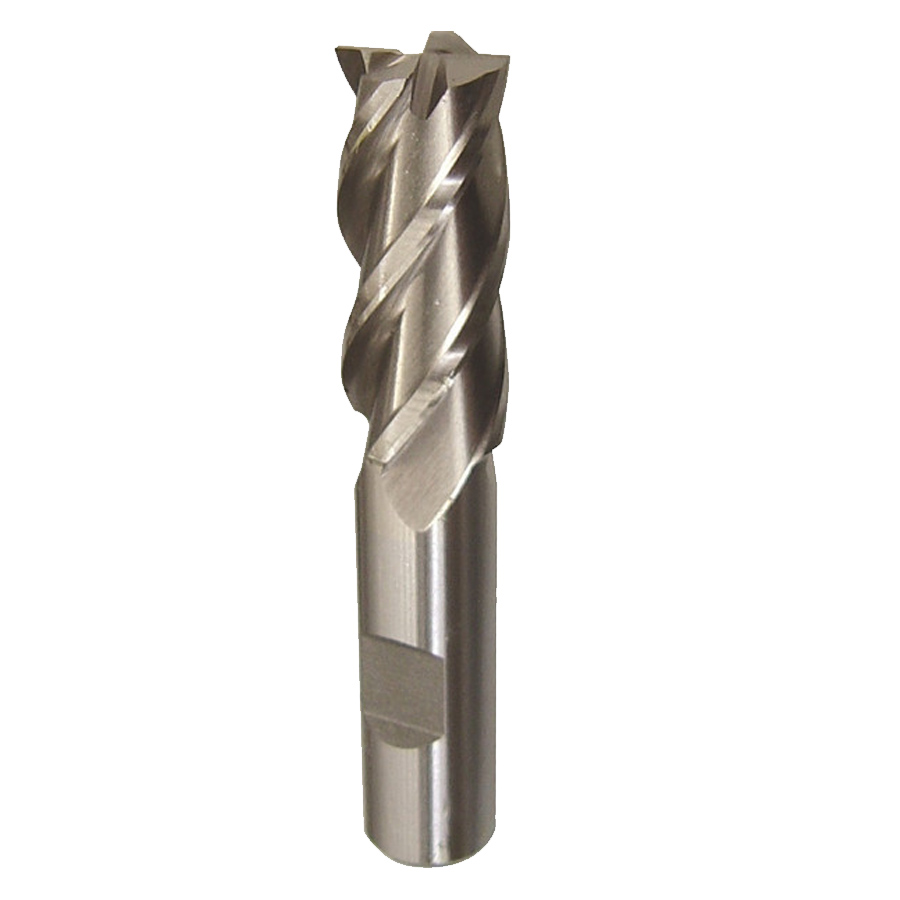
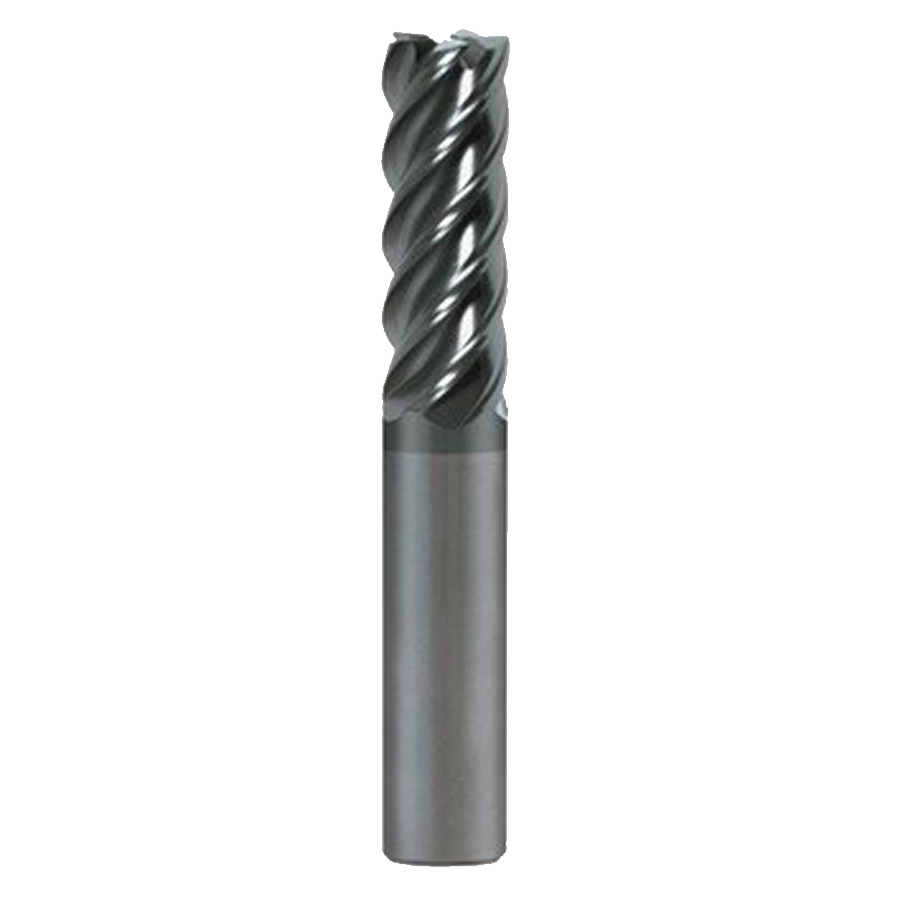
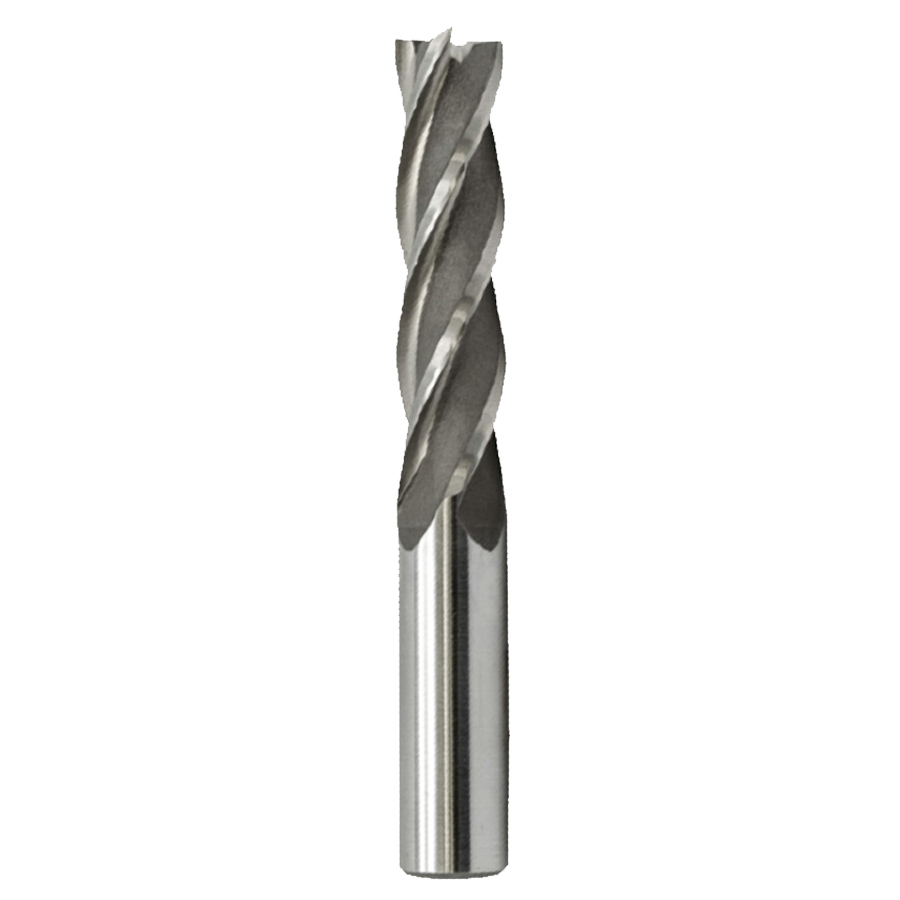
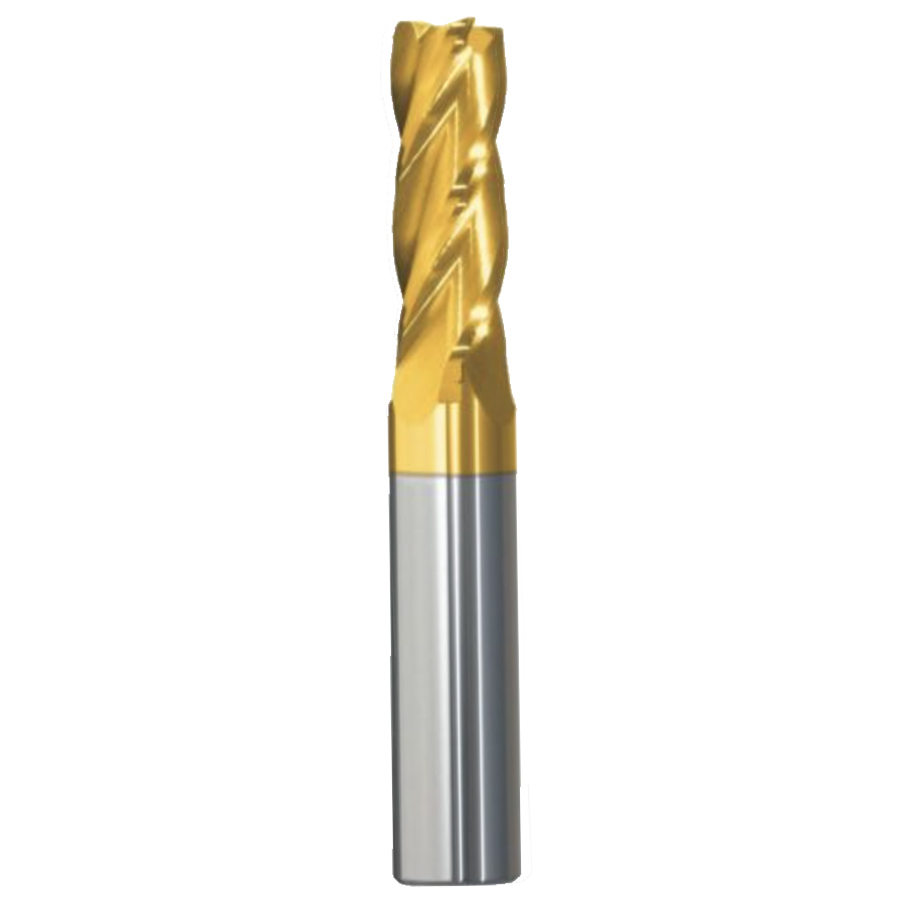
Titanium Nitride
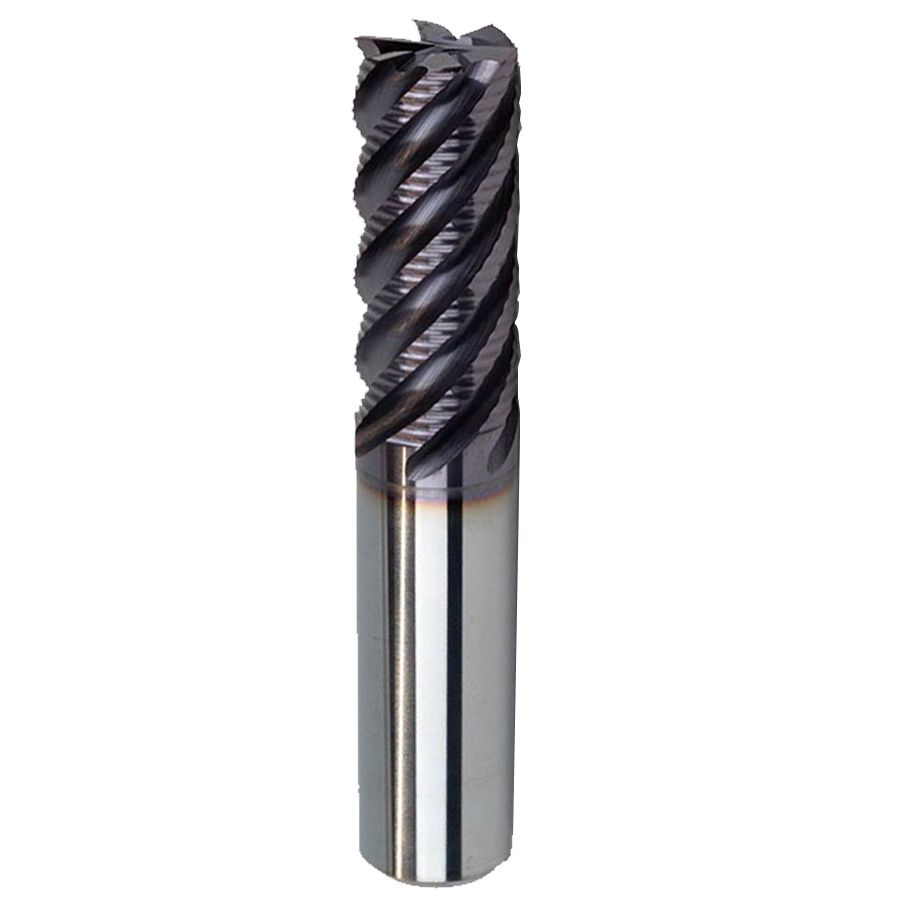
Titanium Aluminum Nitride
Or contact us to see our certificates
Send us a message if you have any questions or request a quote. Our experts will reply you within 24 hours.
Yuyao East Cutting Tools Factory is located in Simen Town, Ningbo City, China. It was established in 1984 and has 40 years of experience in the production of Carbide Cutting Tools. We are a professional manufacturer engaged in the development, manufacture and sales of Carbide Cutting Tools, with two subsidiaries and two sub-brands (Shen Tools & WolfBurrs).
Send us a message if you have any questions or request a quote. We will be back to you ASAP!